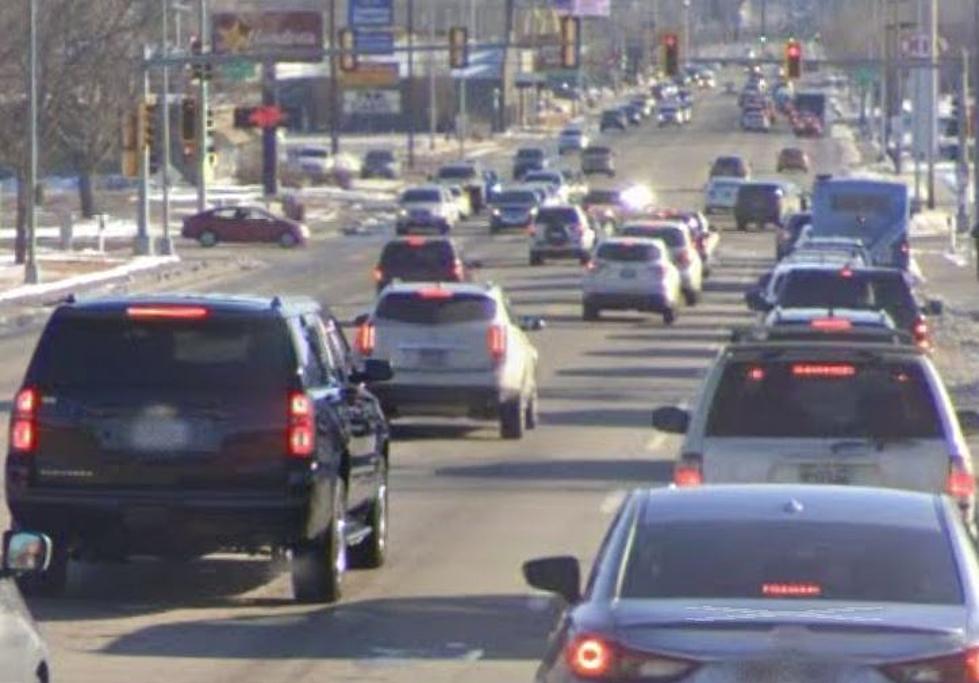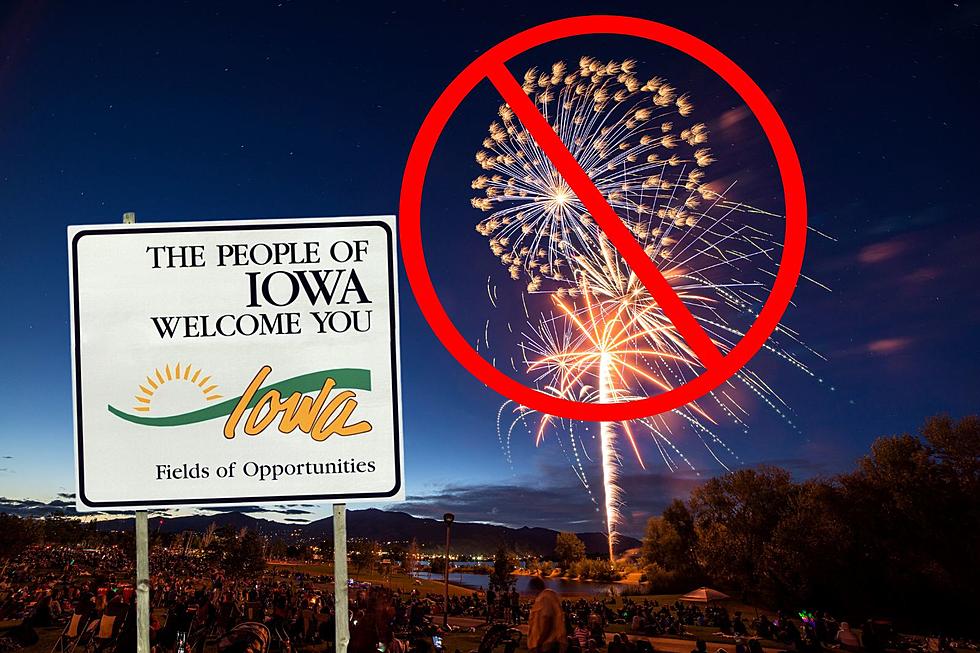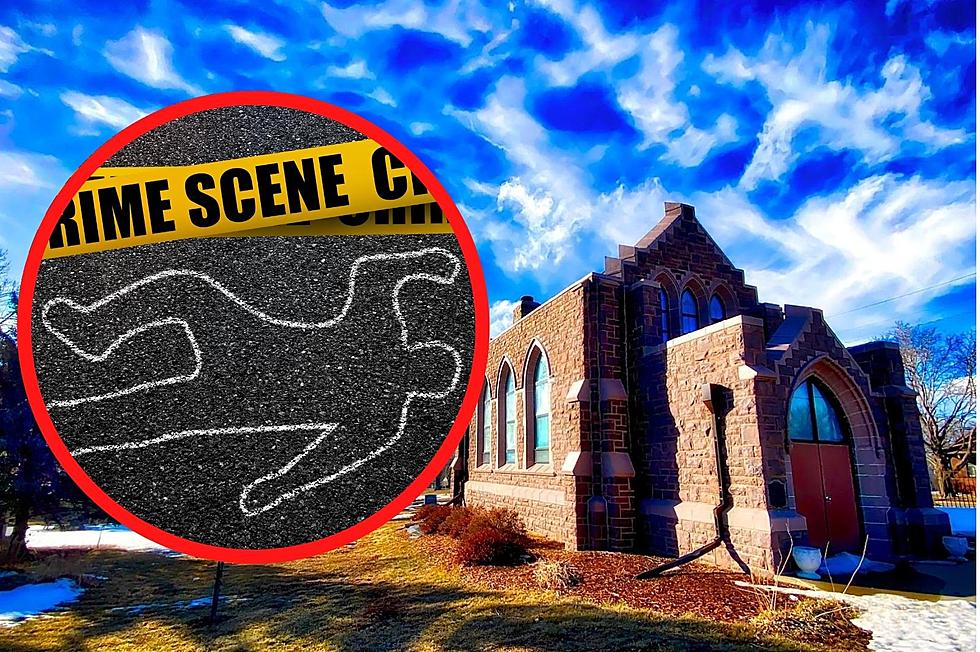
1973 Gitchie Manitou Murders – A Crime That Still Haunts Sioux Falls
On the evening of November 17, 1973, five teenagers from Sioux Falls, South Dakota were attacked by a group of three brothers at Gitchie Manitou State Preserve just across the border in Iowa.
Four of the teenagers were killed, and one was raped. Thirteen-year-old Sandra Cheskey was the only one of the victims to survive the night's horror.
According to Murderpidia.org this is what happened at Gitchie Manitou State Preserve on Nov. 17, 1973: Four Sioux Falls, S.D. teenagers, Roger Essem, Stewart Baade, Dana Baade, and Michael Hadrath, were shot to death at Gitchie Manitou State Preserve, where they were having a party. Three brothers, David, Allen, and James Fryer, were convicted.
Gitchie Manitou Murders' Victims:
Roger Essem (male, 17), Stewart Baade (male, 18), Dana Baade (male, 14), Michael Hadrath (male, 15)
Sandra Cheskey (female, 13, survived)
Gitchie Manitou Murders' Perpetrators
Allen Fryer (male, 29), David Fryer (male, 24), James Fryer (male, 21)
Circumstances of the 1973 Gitchie Manitou Murders
The Fryer brothers were in the park trying to poach deer. They came heard the kids singing around their campfire. The brothers came up with a plan to impersonate law enforcement and steal the campers' marijuana.
At the trial, testimony seemed to say that the Fryers thought narcotics agents were "allowed" to kill drug users.

Allen, James, and David Fryer got their shotguns the took a position overlooking the victims, and opened fire. Roger Essem was killed immediately. Stewart Baade was wounded. Two of the remaining teenagers took cover in the trees.
The brothers, posing as law enforcement, ordered the teens out of the trees. Michael Hadrath and Sandra Cheskey emerged together and Allen Fryer then shot Hadrath in the arm.
Allen and David Fryer forced Dana Baade, Michael Hadrath, and Sandra Cheskey away from the campfire. Sandra Cheskey was tied up and put in the van the teens had drove to the campsite in. A wounded Stewart Baade was also brought back to the van.
Allen Fryer then drove Sandra Cheskey away in the van, leaving Stewart Baade, Dana Baade, and Michael Hadrath with James and David Fryer.
James and David Fryer then killed the three with their shotguns.
Those three bodies were discovered the next day by a Sioux Falls couple on a drive. Roger Essems' body was found the next day near the campfire where he died.
James and David Fryer met up with Allen Fryer and Cheskey. Allen and Sandy got into the brother's truck, and the group drove to a farm where James Fryer raped Sandra Cheskey.
The next day, after filling the truck's tank from a large red fuel tank on the farm, Allen drove Cheskey home. He said that Sandra was "too young to get busted".
Gitchie Manitou Murders: Investigation, Trial, and Outcome
On November 29, 1973, Sandra Cheskey was taken by The Lyon County, Iowa Sheriff Craig Vincent to look for the farm where Sandy was raped.
Near Hartford, South Dakota she recognized the large red fuel tank on a farm owned by a local farmer who Allen Fryers worked for.
In an amazing coincidence, Allen Fryer then drove by the Sherrif and Cheskey in the same blue truck that the Fryer brothers were driving the night of Cheskey rape and the murder of her friends.
Sandy told Sheriff Vincent "That's him. That's the boss". Law enforcement arrested Allen Fryer. David and James Fryer were arrested a short time later.
On June 18, 1974, James and Allen Fryer escaped from the Lyon County Jail. They stole a vehicle and fled until getting arrested in Gillette Wyoming.
James Fryer was found guilty of manslaughter in the deaths of Roger Essem, and the murder of Michael Hadrath and the two Baade brothers.
David Fryer pled guilty to three charges of murder, and one charge of manslaughter and was sentenced to life in prison without the possibility of parole
Allen was found guilty of four counts of first-degree murder and was sentenced to four consecutive life terms in prison.
James Fryer was found guilty of three charges of first-degree murder and one charge of manslaughter.
The three Fryer brothers are currently serving their sentences in penitentiaries in Iowa.
Legacy of the 1973 Gitchie Manitou Murders
Sandra's life after that night was haunted by a web of anger, guilt, and shame. The Sandra you meet nearly five decades later is a somewhat reserved mother, grandmother, aunt, and friend with beautiful dark eyes and an easy smile.
She has somehow found a way to make peace with her past despite living with many unanswered questions, like 'Why did this happen?' 'Why did I survive?.' Sandra inspires those around her to also find their inner strength and move beyond tragedy and limitations.
(R) Patty Dee from 973 KKRC, (L) Sandra Cheskey in 2017 at a signing for the book 'Gitchie Girl' by Phil and Sandy Hamman. [PHOTO: Patty Dee/Townsquare Media][/caption]The book Gitchie Girl by Phil and Sandy Hamman documents the event which have become the stuff of local legends and scary ghost story-telling sessions.
In 2020 the case was featured in the docuseries Killer Siblings on Oxygen.
MORE:
- The Infamy of Gitchie Manitou Kept Me Away For More Than 40 Years
- 1893 Murder In the Most Gruesome Crime Ever in Sioux Falls, South Dakota
25 True Crime Locations: What Do They Look Like Today?
Worst Places to Live in South Dakota
More From Hot 104.7 - KKLS-FM









